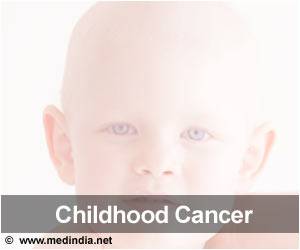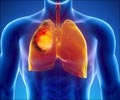Treatment of Childhood cancer still remains a challenge as there has been less progress made in understanding the causes and prevention of childhood and adolescent cancers, reveals a study.

"Progress in childhood cancer has been dramatic for some sites, but we cannot let that blind us from the fact that progress has been disappointingly slow for other sites, and that cancer remains the second leading cause of death in children," said Otis W. Brawley, American Cancer Society's chief medical officer.
There is much work to be done to improve outcomes, to reduce side effects associated with cancer and its treatment.
"We hope to understand more about the molecular events that lead to childhood cancer in order to come up with ways to prevent or detect it early," Brawley added. The report is created to inform clinicians and the public about progress and challenges in preventing and averting suffering and death from the cancers that affect children and adolescents, said the study.
According to the report, while there have been substantial improvements in survival for many cancers of childhood, others have seen little progress.
For example, progress against central nervous system (CNS) cancers has been significant overall, but for some subtypes, survival times remain tragically low.
Advertisement
Children treated for many cancers have a high risk of long-term health issues.
Advertisement
Other cancers and their treatments also have serious long-term effects.
Some symptoms of childhood cancer that should alert parents and health care providers include an unusual mass or swelling, loss of energy, a sudden tendency to bruise, a persistent, localised pain or limping, a prolonged, unexplained fever or illness, frequent headaches, often with vomiting, sudden changes in vision and excessive, rapid weight loss.
"This report is intended to inform the broader clinical community and public about the unique and complex challenges faced by children and adolescents with cancer and the growing number of survivors of these cancers," said lead author Elizabeth Ward.
The report appeared in CA: A Cancer Journal for Clinicians.
Source-IANS















